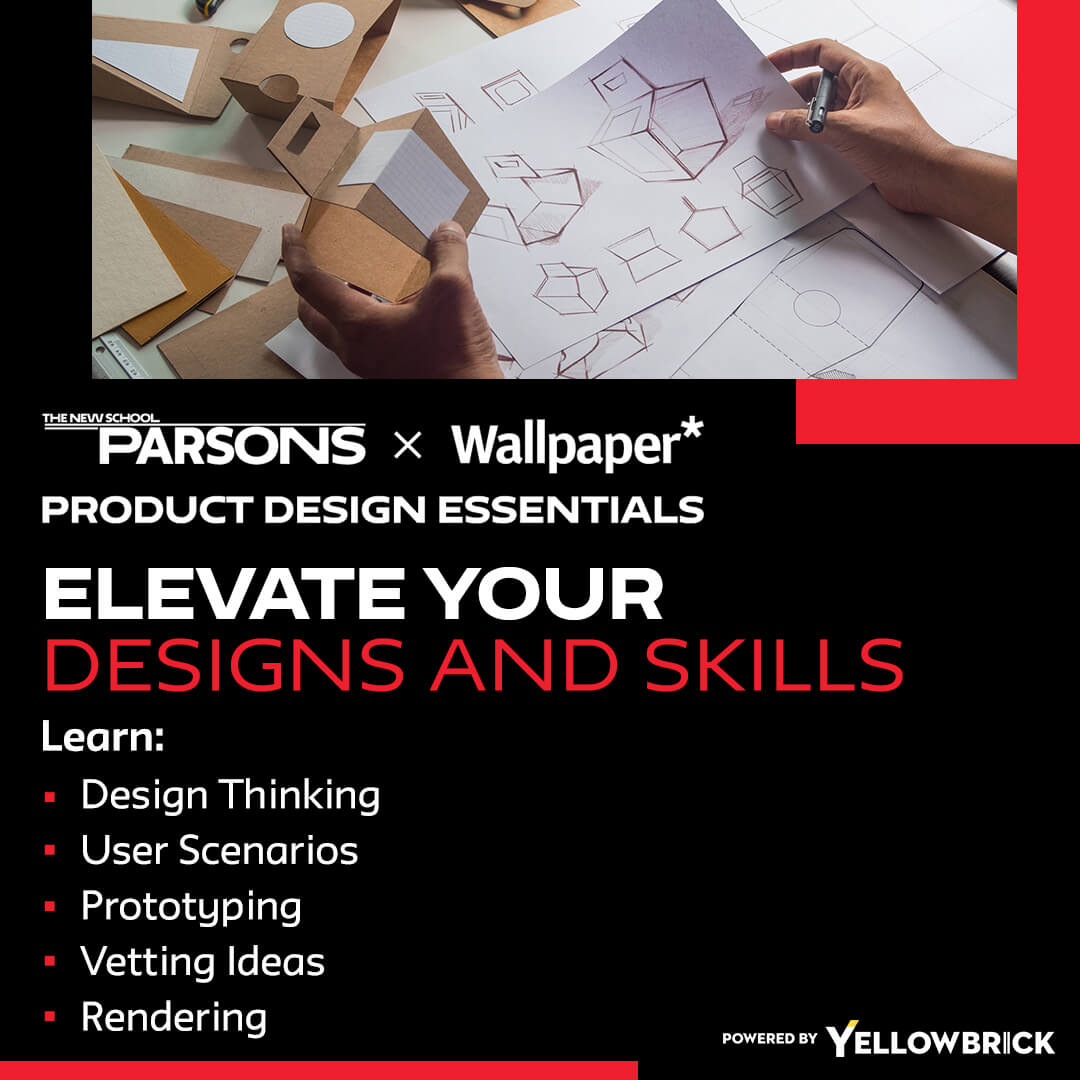In today’s digital-first world, product design websites and platforms play a crucial role in shaping how digital products look, feel, and function. Behind these websites are teams of skilled professionals working together to build intuitive, user-friendly experiences. Whether you’re just starting your journey or looking to specialize further in your career, the realm of product design websites offers a wealth of exciting opportunities.
From designing layouts and user flows to coding interactive elements and analyzing user behavior, website design roles demand creativity, technical ability, and user empathy. Let’s explore the top careers in this space and what each one entails.
1. UX Designer
UX Designers are responsible for creating seamless and enjoyable experiences for users interacting with websites. They conduct user research, build wireframes, and test designs to ensure the final product meets both user needs and business goals. A strong understanding of user behavior, usability, and accessibility is essential.
2. UI Designer
UI Designers focus on the visual interface of a website—colors, typography, icons, and layout. They ensure consistency across pages and create appealing visuals that support usability. Proficiency in tools like Figma, Adobe XD, or Sketch is crucial in this role.
3. Web Product Designer
Web Product Designers bridge the gap between UX and UI by taking ownership of the entire design process for web products. They define design systems, collaborate with developers, and focus on optimizing features that enhance user engagement and satisfaction.
4. Front-End Developer
Though more technical, Front-End Developers work closely with designers to bring visual concepts to life through code. They implement designs using HTML, CSS, and JavaScript, ensuring the site is responsive and interactive. Strong collaboration with design teams is key.
5. UX Researcher
UX Researchers gather insights about user behavior through interviews, usability tests, surveys, and data analysis. These insights drive design decisions and ensure the product solves real problems. UX Researchers help reduce guesswork in the design process.
6. Interaction Designer
Interaction Designers craft the way users interact with elements on a website. This includes animations, transitions, hover effects, and feedback mechanisms. They ensure that each action feels intuitive and enhances the user journey.
7. Visual Designer
Visual Designers focus on branding and aesthetics. They design imagery, iconography, and visual layouts that align with the website’s brand identity. Their work directly impacts how users perceive and trust a product.
8. Design System Manager
Design System Managers maintain consistency across large-scale design projects by overseeing reusable components, style guides, and documentation. Their work enables design teams to work faster and more cohesively.
9. Accessibility Designer
Accessibility Designers ensure that websites are usable for people of all abilities. They follow standards like WCAG and test interfaces with assistive technologies. Their role is essential for inclusive design and legal compliance.
10. Web Design Project Manager
Web Design Project Managers oversee timelines, manage design and dev team communication, and ensure project goals are met. They balance creativity with practicality and often serve as the link between stakeholders and the design team.
Conclusion
As more brands compete to deliver standout digital experiences, careers in website product design continue to expand and diversify. Whether you’re artistically inclined, analytically minded, or a blend of both, there’s a niche in this field for you. The key to success lies in combining design thinking with technical skills—and staying up to date with evolving trends and user expectations.
Key Takeaways:
- Product design for websites blends creativity, technical skills, and user empathy to create smooth digital experiences.
- Careers in this field include roles that focus on UX, UI, front-end development, research, accessibility, and project management.
- The industry values strong collaboration between designers and developers to bring concepts to life effectively.
- Tools like Figma, Adobe XD, and Sketch are commonly used across design roles.
- Inclusive and consistent design is essential, with growing importance placed on accessibility and design systems.
- Project managers ensure that design teams meet deadlines and stay aligned with business goals.
- As demand for standout digital products grows, these roles continue to diversify and expand, offering career opportunities for a wide range of skills.
Establish a compelling online presence with a well-designed product design website. Implement key strategies for success and consider enhancing your skills with the Parsons Product Design Essentials online course.








